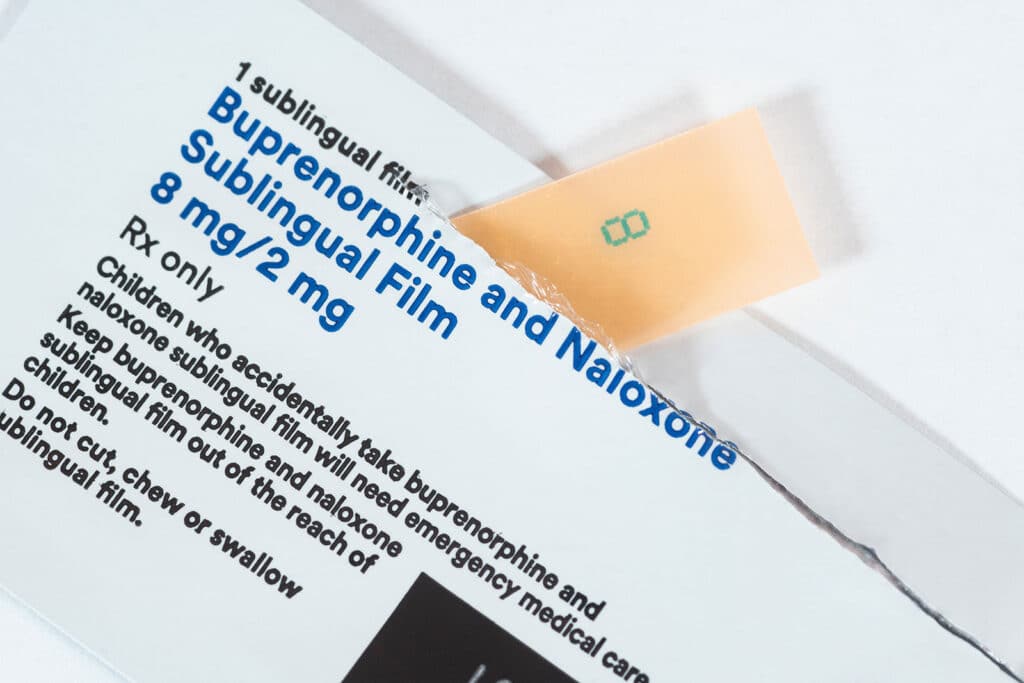TL;DR – Suboxone can block the effects of full opioid agonists, such as Oxycontin, Fentanyl, Methadone, and the like, for up to 24 hours.
Available data shows that alcohol, opioids, cocaine, amphetamines, and marijuana are the most widely abused illicit drugs in the U.S. Because of their impact on the brain and the high risk of addiction, opioids are the most dangerous of all these drugs, according to the same data. In a study published by the National Institutes of Health (NIH), researchers noted the same, pointing to the fact that some 3 million Americans either had or currently have an opioid use disorder (OUD). And the nature of these opioid use disorders is a mixed bag insofar as some people are struggling with prescription-based opioids, such as Oxycontin and Fentanyl, while others are enduring similar struggles with the street-level variant, specifically heroin.

Table of Contents
The Reality of Quitting Opioids
When someone abruptly stops taking opioids, their body begins the process of ridding itself of not only the drug but also other harmful contaminants. This process is called detox, and depending on how long an individual has been using, the dose they were taking, and whether or not they abused prescription or street-level opioids, it can take days or weeks to run its course. In the interim, most people experience a barrage of unpleasant withdrawal symptoms. Some of the more notable ones include
- Nausea, vomiting, and diarrhea
- Difficulty sleeping
- Anxiety
- Elevated body temperature
- Arrhythmia
- Muscle and bone pain
- Profuse sweating
- Chills
- High blood pressure
How Rehab Facilities in the U.S. Are Helping People Overcome Opioid Addiction
Due to the inability to cope with severe withdrawal symptoms, many people relapse while still in an addiction recovery program. In a study published by the National Institute on Drug Abuse (NIDA), researchers revealed that the rate of relapse associated with substance use disorders in the U.S. is between 40% and 60%. These sobering statistics explain why many rehab facilities offer medication-assisted detox. For those not already in the know, medication-assisted detox, among other things, entails using prescription drugs to help combat severe withdrawal symptoms, one of which is Suboxone.

How Long Does Suboxone Block Opiates?
Suboxone, which contains the active ingredient Buprenorphine, is a partial opioid agonist that works like Oxycontin, Fentanyl, Methadone, and other full opioid agonists, but its effects are much weaker. When someone takes full opioid agonist drugs, those drugs attach to the opioid receptors in the brain and throughout the central nervous system (CNS), which produces a euphoric high. When the effects of those powerful, full opioid agonist drugs wear off, severe withdrawal symptoms almost always follow. The Buprenorphine in Suboxone blocks full agonists that would otherwise attach to those opioid receptors in the brain and CNS. These actions help blunt the euphoric effects of full opioid agonists while helping to ease severe withdrawal symptoms. Studies show that a single dose of Suboxone can block the effects of full opioid agonists, such as Oxycontin, Fentanyl, Methadone, and the like, for up to 24 hours. In some cases, the blocking effects can last up to 60 hours.
| Drug | Type | Blocked by Suboxone? | Blocking Duration |
|---|---|---|---|
| Oxycontin | Full opioid agonist | Yes | Up to 24 hours |
| Fentanyl | Full opioid agonist | Yes | Up to 24 hours |
| Methadone | Full opioid agonist | Yes | Up to 24 hours |
| Other similar opioids | Full opioid agonists | Yes | Up to 24 hours |
Bottom Line
Quitting opioids is not easy, but it is not impossible, especially if you have help from a licensed rehab facility and access to prescription drugs, like Suboxone, to help ease severe withdrawal symptoms. To learn more about how Suboxone can help you end your relationship with opioids, consider speaking with one of our friendly and knowledgeable associates today.
FAQ
How many hours after opioid can you take Suboxone?
What pain meds can you take with Suboxone?
Published on: 2022-09-30
Updated on: 2025-06-05



